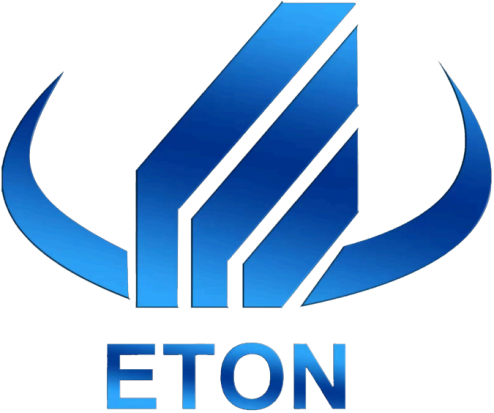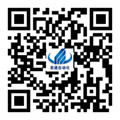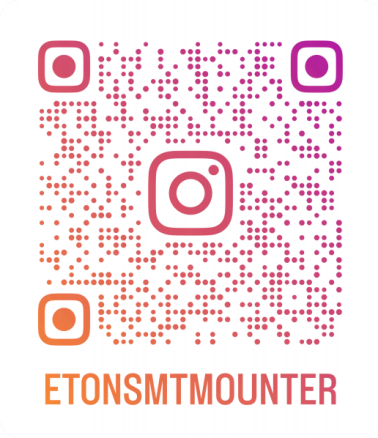Development and Communication Technology Trends in the LED Smart Lighting Market
Published Time:
2021-08-03
After several years of price wars and industry consolidation, the LED lighting industry has entered a mature stage. The cost-effectiveness of products has significantly improved, market penetration has increased, and traditional application markets are gradually becoming saturated. Companies' competitive advantages are shifting from scale and product cost to product and technological capabilities, and the added value of products is becoming increasingly prominent.
After several years of low-price competition and industry consolidation, the LED lighting industry has entered a mature stage. Product cost-effectiveness has significantly improved, market penetration has increased, and traditional application markets are gradually saturating. Companies' competitive advantages are shifting from scale and product cost to product and technological capabilities, and the added value of products is becoming increasingly prominent.
The rise of the Internet of Things (IoT) is driving LED lighting towards small, networked, high-value digital lighting. Intelligent systems can collect user, environmental, and other information through various sensors, perform data analysis, and then adjust equipment. Personalized, human-centric smart lighting is becoming a key focus of future industry development.
In 2017, with technological advancements, product maturity, active promotion by manufacturers, and the popularization of smart lighting concepts, the global smart lighting market entered a period of rapid development. The market size approached US\$4.6 billion, with a year-on-year growth rate of 95%. In the next few years, the market is expected to continue to grow, reaching US\$13.4 billion globally by 2020.

Smart lighting has an inherent advantage as an access point for smart cities, and major manufacturers are actively deploying it.
Smart lighting not only provides higher profit margins but also serves as an excellent access point for smart cities. With the continuous development of cities, challenges related to energy consumption and infrastructure are increasing. By 2030, the global urban population is expected to reach 60%, with urban energy consumption accounting for approximately 75% of global total energy consumption, and lighting accounting for nearly 40% of total urban energy consumption. As an important component of smart cities, smart lighting has an inherent advantage in the number of IoT access points, and governments worldwide are actively promoting the construction and development of smart cities.
Lighting giants, including Philips and Osram, are also deploying in this market. In 2015, Philips Lighting participated in a pilot project for smart interconnected road lighting in Los Angeles, deploying the Philips CityTouch intelligent interconnected road lighting management system. In 2017, Philips Lighting introduced the CityTouch flex intelligent interconnected road lighting system to China, combining it with China Telecom's next-generation Internet of Things (NB-IoT) technology and Tianyi Cloud technology services. It can be integrated with various smart city applications, including city emergency systems, traffic signal management systems, and security monitoring systems, jointly accelerating the construction of smart cities in China.
In January 2018, Osram launched its new smart city central management platform, SymphoCityTM (an open platform system integrating software and hardware). In addition to managing lighting, it can also achieve integrated management of city security, environment, energy, and communications—a multifunctional integrated smart city central management platform. This will help city managers improve efficiency, reduce costs, and promote the development of smart cities.
In addition, Chinese manufacturers such as Feilo Acoustics and Unilumin are also vigorously promoting smart streetlights, currently mainly undertaking relevant projects for the Chinese government. Feilo Acoustics has signed strategic cooperation agreements for smart cities with more than 20 cities and is planning to build a "Smart Cengong" project with a total investment of approximately 4 billion RMB with the Cengong County Government of Guizhou Province.
Communication technologies are undergoing continuous transformation, showing a trend of diversification.
At the current stage of IoT and smart lighting development, various communication technologies such as DALI, ZigBee, Bluetooth, Wi-Fi, LoRa, NB-IoT, Sigfox, Z-wave, and EnOcean have emerged in the market.
In the indoor lighting field, although many wireless communication protocols can be applied, wired DALI technology specifically designed for lighting fixtures still holds the highest market share. Systems built based on the DALI protocol have distributed intelligent modules, each with digital control and digital communication capabilities. Address and lighting scene information are stored in the memory of each DALI module. DALI modules communicate digitally through the DALI bus, transmitting instructions and status information to achieve functions such as switching lights, dimming control, and system settings.
Greater stability and reliability are the biggest advantages of current wired control technology. However, as wireless technology matures, it will become the mainstream control technology of the future. It is expected that DALI's market share will gradually shrink in the future, while ZigBee and Bluetooth will occupy the dominant position, with ZigBee being the most common wireless communication protocol for networked lighting fixtures. Due to its long development time and relatively mature technology, ZigBee's network architecture itself has advantages, and it is also more energy-efficient. Taking the Chinese market as an example, more and more Chinese manufacturers are joining the Zigbee Alliance, and their products are gradually shifting from mostly targeting overseas export markets to the domestic market.

For outdoor lighting, ZigBee is also the most widely used at present. However, due to its shorter application distance, there are many limitations in its application to outdoor lighting fixtures. It is expected that after 2017, ZigBee's market share in outdoor smart lighting will decline slowly.
With the rise of the Internet of Things, many Low Power Wide Area Networks (LPWANs) designed for low-bandwidth, low-power, long-range, and large-scale connected IoT applications have emerged. NB-IoT, which uses licensed spectrum, and LoRa (Long Range) and Sigfox, which use unlicensed spectrum, are among the mainstream technologies. The long-distance communication capability of LPWAN can support large-scale IoT deployment and avoid frequent battery changes, reducing maintenance costs.

Among several low-power wide area networks, LoRa was commercialized earlier and is more open, having established an industry alliance in 2015 and currently being the most widely used in LPWAN. NB-IoT, which achieved standard freeze in 2016, uses licensed spectrum to avoid wireless interference and has carrier-grade security and quality assurance, making it more competitive in smart lighting scenarios with higher reliability requirements and having the fastest market share growth.
Overall, the market for various low-power wide area networks is currently fragmented, with relatively low market share. It is expected that with technological advancements and functional improvements, market concentration will gradually increase.




